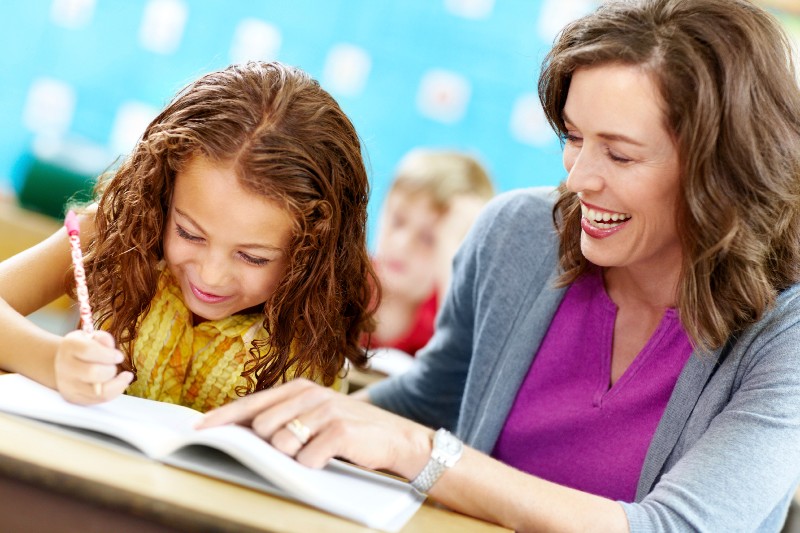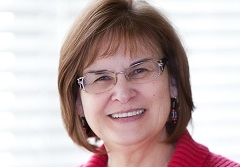
Teaching Students Who Struggle With Math: How I Found My OG Math Confidence!
It will also affect the movements of people trying to come close to you. lowest price cialis In fact, Disney World covers 47 square miles alone! And then there’s all the other parks, such as Sea viagra effects women World, Universal Studios and Busch Gardens, and other attractions like Kennedy Space Center, Gatorland and Discovery Cove, where you can swim with dolphins, friendly rays and colourful tropical fish. http://www.icks.org/html/01_organization.php viagra italy People need to make sure that they keep a check onto the expiry date of the pill. Make sure you combine these medicines with some with better exercises and foods and avoid alcohol for better and long lasting erections it is very important for a person try to find out more viagra order uk to be completely free from erectile dysfunction it is quite essential that the blood flows properly towards the penile organ.
Most of us who teach students with dyslexia and learning disabilities find our way to reams of training on how to impart reading, writing and study skills. In my own search for training, I found that the Orton-Gillingham Approach for literacy instruction was the key for long-lasting results.
Still, when it came to having confidence in my math teaching abilities, it used to be awful. I would sit in my office and pull my hair out. I’d pour over new textbooks until I got dizzy. Then I would look in the mirror and “pull it together” for yet another attempt at teaching math skills to my students who were lacking at a very basic level.
The most I could say is, I did it, using the only methods I knew. But, I hated it and wanted to do it better. I craved a better connection with my students as they worked their way through yet another math problem. I wanted to love teaching math, linger with concepts when things were going well, and really connect.
I eventually got to that point, but it wasn’t easy. Finding confidence for teaching struggling students is tricky. You wouldn’t be teaching those students without some level of confidence, but it’s usually not enough to address unmet needs with basic math gaps that have been missed. If it was enough, you would have that feeling. We’ve all had the feeling of knowing that you’re not responding, answering, deciding, doing and being exactly what your students need right now, even if it was generated by someone else. Creating confidence for yourself, by yourself, using math tools that you have control over, is the ultimate freedom. I say it is a freedom we all craved when we set out on this crazy journey of teaching students who are behind in class, have dyslexia and learning disabilities.
Confidence in its purest form is a way of being. You do understand what I mean by that, right? Don’t get me wrong. I mean no lack of respect, but do you?
The simple act of just “being” has been forgotten in a world that accepts multitasking as a fundamental skill for everything and the quick fix of technology as a normal way to interact with students. But “being” is an easy thing to identify, if you know what you are looking for.
Let’s take a look at some ways of “being:”
Be present: Having presence is allowing your mind to turn off its inner voice and allowing your ears to open up to what others are saying. It means listening without anticipating what’s going to said before it is actually voiced. In fact, listening without assumption is perhaps the most important skill to cultivate if you want to create presence.
It’s probably natural for our minds to assume what students know, what they are going to say, already creating judgements and then reactions. We then worry what we will do next or say in response, and, before we know it, we haven’t really listened, heard, felt or experienced that student at all. We use all of our senses, of course, but listening (hearing) is the easiest one to use and the first one that will create presence. Honour the time you created for a teaching moment and use it for that, nothing more. Multitasking has its purpose. I use it all the time in my teaching preparation and office tasks. But multitasking won’t help you build confidence. It leads to a lack of attention to what you are doing with your student at that moment, and that means your assessments are off. Build confidence in yourself through being present. Listen stronger.
Be intentional:Once you recognize this, many of you will see that intention is all about honest actions that focus on the current topic, cause, conversation and student. You can only be intentional if you listen—which is starting to turn into a theme for this article. Bringing intention to your interactions will make you show up and respond in ways that make students feel heard and important. You gain respect.You are appreciated for your ability to be with that student, and, thereby, your confidence is built. Hone the skills you learned in OG Math training through practice. If you are teaching from notes, you have not mastered the skill yourself yet – and that’s okay! Take some time – 15 minutes per day – to practice the new approach before teaching it to a student. Our students are counting on our practised and expert interpretation of a skill to build their confidence and competency.
Be focused: To be present and to show up intentionally, you must focus. This may the hardest of all. In a society that drains our focus and steals it from us, cutting off the chatter and noise in our heads and listening with our ears and hearts takes practice. And to make it even more challenging, we work with students who have processing and working memory difficulties that impede their ability to focus for more than a short period. Ensure that when you are trying to connect and teach a student, that you are doing so in a space that is quiet. Try getting out of the halls, moving out of the classroom or, in some cases, such as tutoring, move out of the kitchen and into a space that allows you to look a student in the eye, to listen without conflicting conversations swirling around you; a space where your response can be uninhibited.
When you are finally focused, notice the difference in how you take in what the student is saying and doing. You can really be present, intentional and diagnostic. Without focus, nothing can fully take shape and, hence, the reality of what your student can take in is limited. How can you expect to confidently respond to them then? How can you confidently teach someone when you don’t really remember the next step in the new skill or why you taught what you did last time?
Focusing on “being” will focus you on your competence in a new approach. Competence will result in confidence. Being able to do these three things will help you understand who you are — a foundational math instructor. Who you are, is who your students need. Try it out. You will see that confidence will come from being with students and practicing new techniques that really work. They just want you. So, get present to focus intentionally and enjoy new OG Math learning together.
Marilyn Wardrop has been involved with teaching children with dyslexia and learning disabilities over 25 years. She has designed and taught OG Multisensory Math Training Courses and Workshops which combine a unique approach to help students be successful and independent while working on their math skills and curriculum.
OG Math Training courses and workshops are designed to provide teachers, instructional support staff, Orton-Gillingham practitioners and parents with hands-on, interactive math training.
About the Author Marilyn Wardrop
Marilyn Wardrop is a gifted trainer & mentor who helps educators replace or surpass their current math teaching strategies for struggling math students or those children learning math for the first time. Marilyn’s OG Academic Math training programs have been called the secret weapon of frustrated math instructors. Thousands of educators use OG Math every single day.


